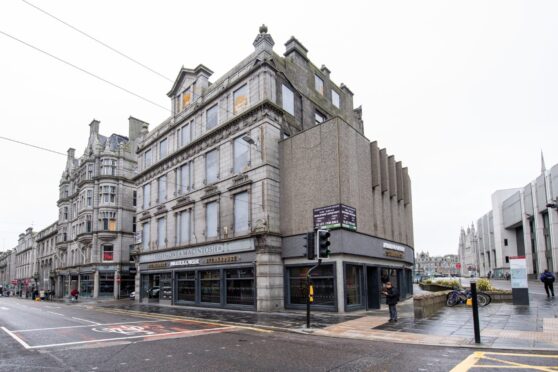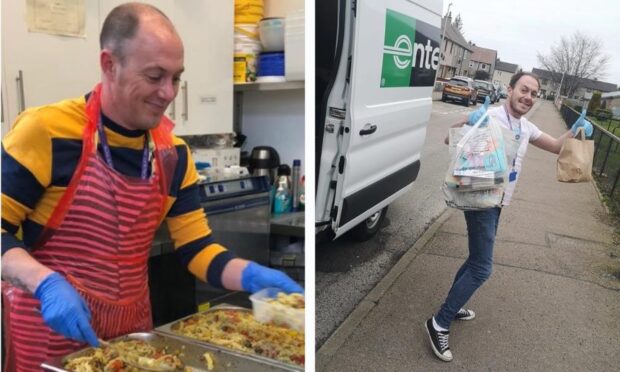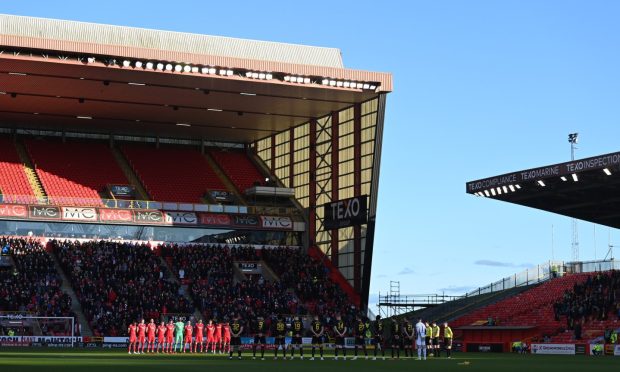Stark figures show that higher numbers of children in Aberdeen are living in poverty than their counterparts in Aberdeenshire.
A review of public health figures by the Health Foundation shows a larger than expected discrepancy between those who live in the Granite City and those in the shire.
The review consolidates research undertaken for the independent charity the Health Foundation by the Social and Public Health Sciences Unit at Glasgow University, the Fraser of Allander Institute at Strathclyde University and others.
The review looked at evidence of trends in health since devolution in 1999.
It showed there is a wide gap between the health of people living in the most and least deprived areas with people living in the most deprived areas increasingly left behind the rest.
What was the picture in Aberdeen and shire?
The review shows that more than 13% of children in Aberdeen City are living in relative poverty compared to 10% in Aberdeenshire. The numbers of children in the area are below the national average of 15.9%.
The life expectancy in adults increases by more than three years if you live outside the city.
The review found that men in the city can expect to live to 71.6years, some three-and-a-half years fewer than their shire counterparts, at 75.1years.
In Aberdeenshire people who live in more affluent areas can expect to live seven years more than those in the most deprived areas, nationally the gap is 10 years.
The review found that social and economic factors that influence health such as employment, wealth, housing and education showed little sign of improving for those in extreme poverty.
The study found that how long people are expected to live has reduced by 4.4years, from 90.4years to 86 years.
Areas of concern
The report raises a number of areas of concern which need immediate action, in particular, improving the health of children in their early years and the health of men, in their mid-30s to early 60s, who are more likely to suffer from drug-related deaths.
David Finch, assistant director of the Health Foundation, said: “Life expectancy varies greatly across Scotland. In the most deprived areas, men are dying more than 13 years earlier than their peers in the least deprived areas– and women almost a decade earlier.
“A healthy community derives from a range of factors: stable jobs, good pay, quality housing and education. Poor health is almost inevitable when some or all of these factors are absent.”
He said there were severe multiple disadvantages in Scotland including a lack of improvement in living standards, and public service fragility due to the ongoing impact of austerity.
“Understanding the causes are not enough,” he said, “A radical shift in approach is needed.
“The Scottish Government, local authorities, businesses and the third sector must come together and collaborate closely with communities.”
Chris Creegan, the Health Foundation’s expert advisory group, said: “There is no need for a new strategy; over the last decade, several policy plans and strategies have focused on tackling health inequalities, most recently, 2018’s Public Health Priorities for Scotland.
“We have the policies, we now need action.”













Conversation